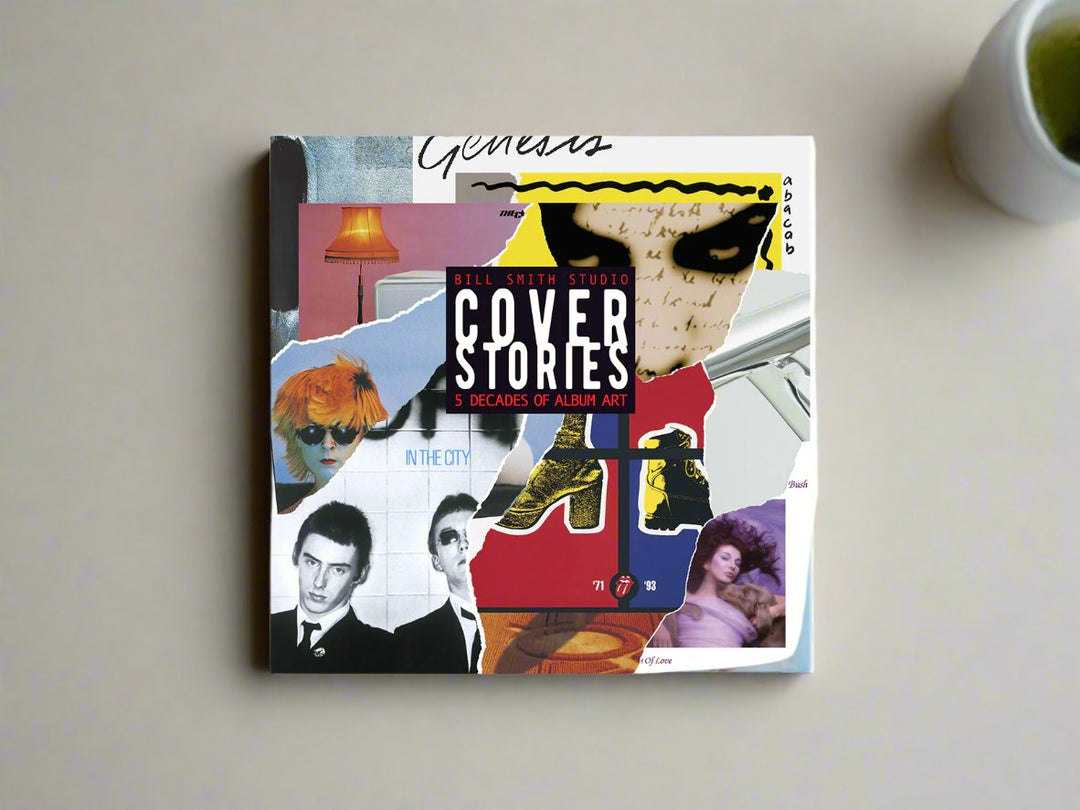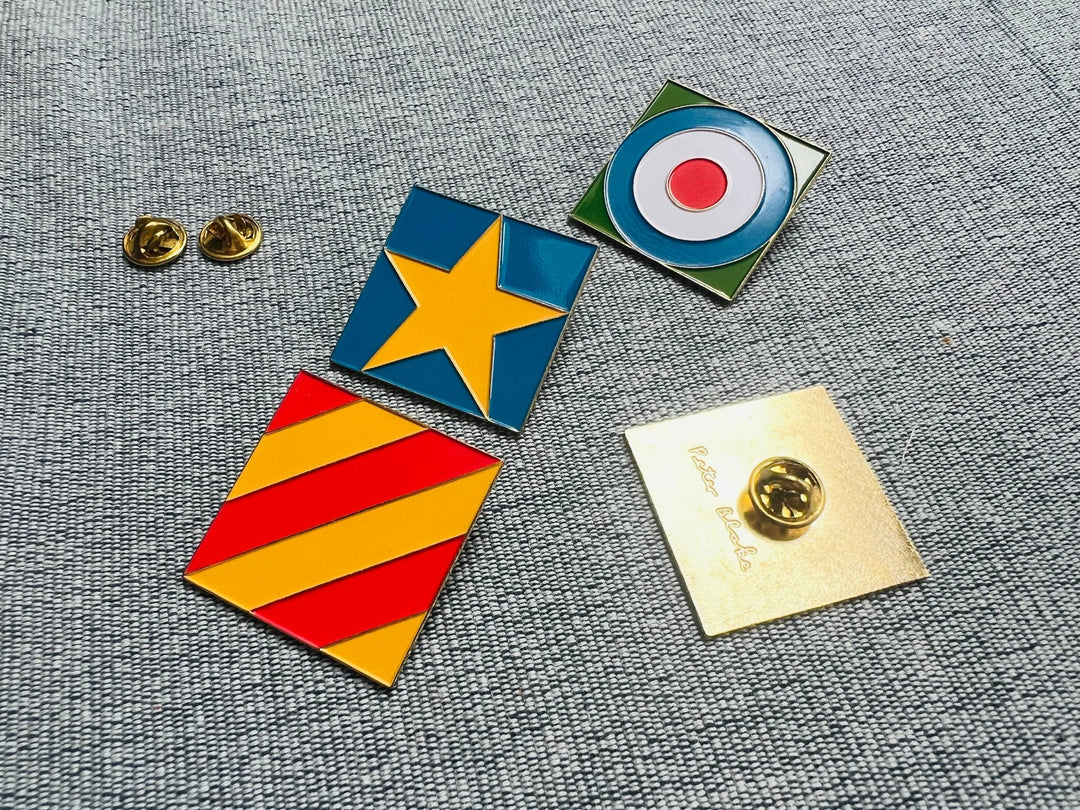August 2022
Leon Rosenblatt talks to us about his cover for Man of Miracles, the fourth album by Styx released on November the eighth, 1974. This would be the band's last original album on the independent Chicago based label Wooden Nickel Records, before moving to the major label A&M.

What was it like for you, working right at the heart of the big Apple's creative industries?
LR: Well, let's see. I'll leave all the drugs and rock and roll out of it. It was a really fun time to be in New York. There was a lot of new music happening and it was very exciting. Of course now everything's changed. It's all digital, no more colour separations or film, clip checks or tests in New York, things like that.
You had quite client list in those early days: RCA records, National Lampoon Magazine, Random House Publishing, Del Ray Science Fiction, Ace Pocket Books, Penthouse Magazine, Radio Shack and was Rolling Stone in there too?
LR: Actually I may have left that out, but yes I did.
I was particularly curious about national Lampoon. I feel like that must have required an unusual approach or sense of humour.
LR: Yeah. The National Lampoon was quite a bit of fun to work with. Uh, at the time P.J. O'Rourke was the Editor – he’s now sort of a national pundit here in the U.S. Michael Gross was the Art Director.
I remember getting off the elevator and walking into the office and there was an office chair flying across the room and somebody yelling and I ducked although I didn't need to, and someone came up to me, it was P.J. O'Rourke. He said, oh, don't mind, John, he's just, you know, he's crazy. It was John Belushi, who happened to be recording or working at the time for the National Lampoon Radio Hour. Anyway, the magazine was filled with lots of characters, and it was fun to work with them because we did lots of fun projects.
I had a painting I did of Frankenstein being presented the bill by the doctor; and another painting of John Denver, actually, having his eyes packed out by an American Bald Eagle. It was supposed to be called Poetic Justice. That's as much as I can say about the National Lampoon, they were fun to work with.
In the mid-1970s. Styx were following up two albums released in 1973 with a new recording. I loved your story of the wizard, and the making of this album cover painting.
It sounded like you got your own little miracle when Leonard tapped you on the shoulder that day, and it’s lovely to hear that you became friends, if only for that short period in time.
You said that you secretly hid your initials hidden on the shoulder of the wizard’s robe and I have to wonder if you ever got any comeback from Acy on that?
LR: Actually I didn't. I remember when I first brought this painting in, everybody came in to look at it and they really liked it. Acy was looking at it and I guess he was looking for my signature, which he didn't find at the time. I don't know if he ever found my initials, but I remember my son, who was probably about six years old at the time, did - so probably wasn't that hard.

Hiding in plain sight I guess! Of course when we approached you about making this edition of prints we were very pleased to hear that you had the original painting still in your possession. Would you ever let it go?
LR: That's a funny question, because I've had offers in the past over the last years for this particular painting. I’ve still got it, and, yeah, it might be time now that Styx are having a resurgence to think about selling it. I'd be open to that.
It'd be fun to have someone really have memories about that album coming out and being able to own that painting.






